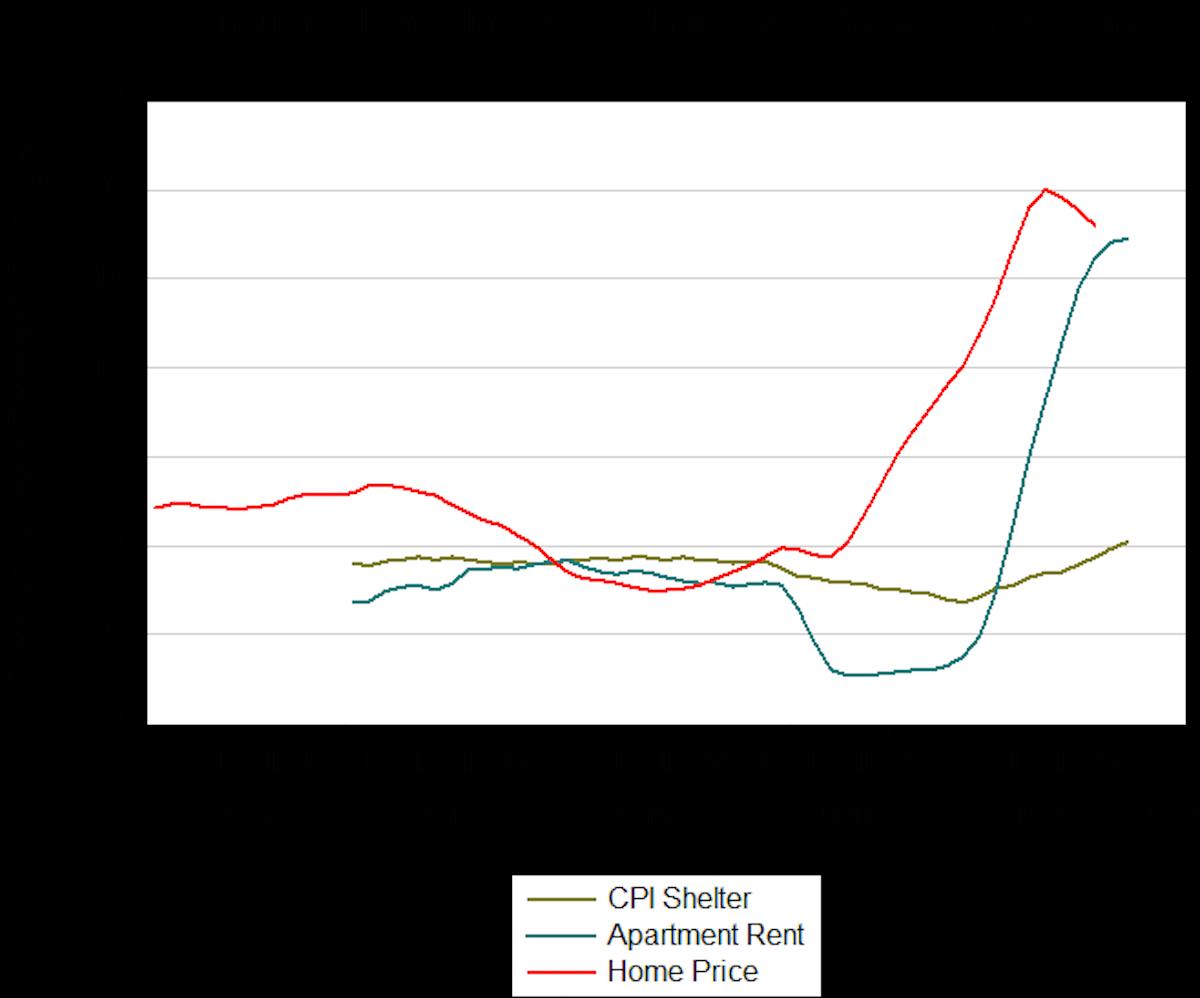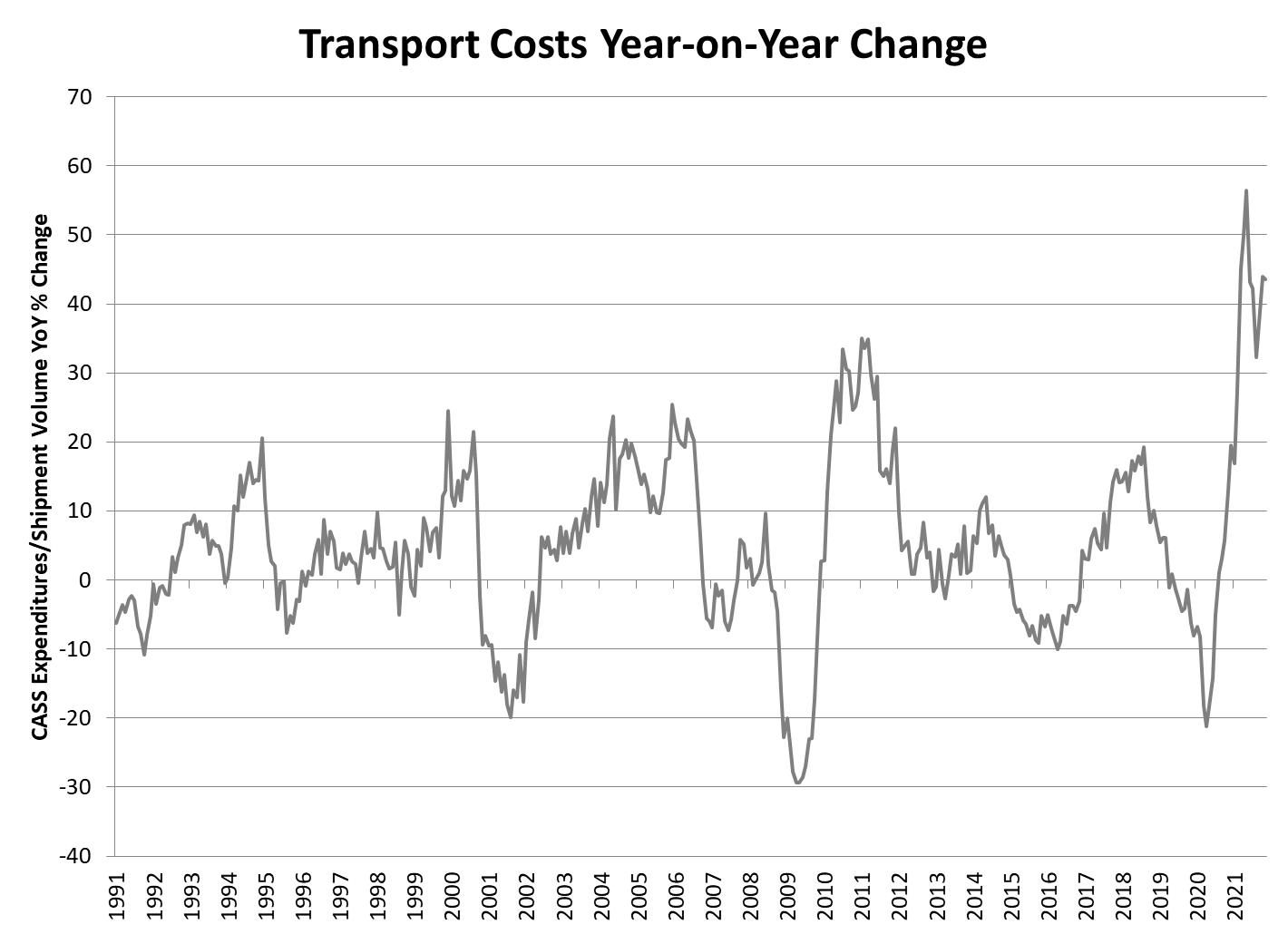(MENAFN- Asia Times)
Shelter accounts for about a third of American household expenditure, and the cost of buying or renting shelter is up nearly 20% over the past year. Yet the Consumer Price Index for shelter reported Jan. 12 by the US Bureau of Labor Statistics showed an increase of just 4.2 over the past year. Private surveys conducted by the big rental sites, Zillow and Apartmentlist.com, show increases of 13% to 18% during 2021, and the Case-Shiller Index of US home prices jumped 18% in the year through October.
Who are you going to believe, to paraphrase Groucho Marx – the US government or your own eyes?

Part of the discrepancy involves a simple time lag. The US government looks at the present cost of housing while the private rental surveys register the cost of a new rental. It takes a while for leases to expire and new, higher-cost leases to take effect. Changes in the Apartmentlist.com rent index predict changes in the CPI shelter index with lags up to eight months. That explains at least part of the divergence of the CPI rent inflation number from the private rental surveys.
This time, the CPI rent inflation rate of 4.2% undershot the private rental data. As old leases expire and new leases are written, the CPI index for shelter should rise by 14 percentage points. Shelter makes up 32.3% of the Consumer Price Index, so 14 percentage points in the cost of shelter would add another 4.5 percentage points to the headline inflation number.
That's an additional 4.5 percentage points on top of the 7% annual rate of CPI inflation. In other words, accurate accounting for real-world shelter costs would put consumer inflation in the US around 10% a year. And double-digit inflation would cause a market meltdown.
There's no sign of relief in cost pressures on business. Transport costs have been rising at an annual rate of 30% to 50% for most of the past year.

Average hourly earnings rose 4.7% year-on-year, the highest since the series began in 2007. With inflation at 7% (as we just saw, even higher) that represents a 2.3% annualized pay cut, so workers are demanding more pay.
The probability is that inflation will run closer to 10% than 5% for the first half of 2022, pushing the Fed to tighten more than investors now expect.
MENAFN12012022000159011032ID1103530469
Legal Disclaimer:
MENAFN provides the information “as is” without warranty of any kind. We do not accept any responsibility or liability for the accuracy, content, images, videos, licenses, completeness, legality, or reliability of the information contained in this article. If you have any complaints or copyright issues related to this article, kindly contact the provider above.